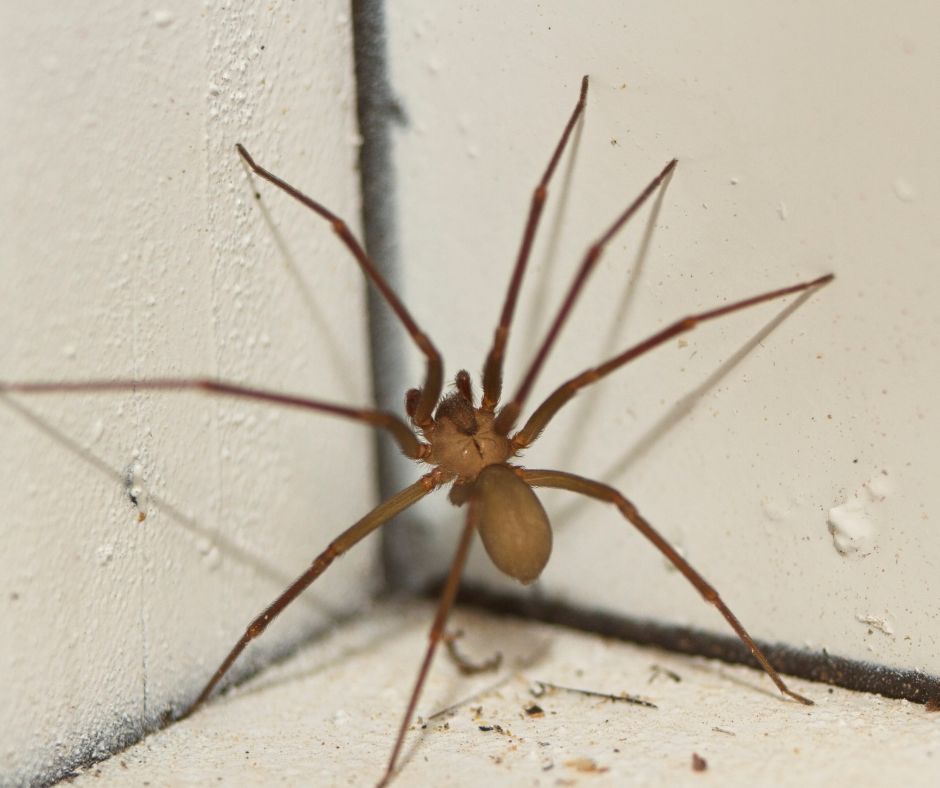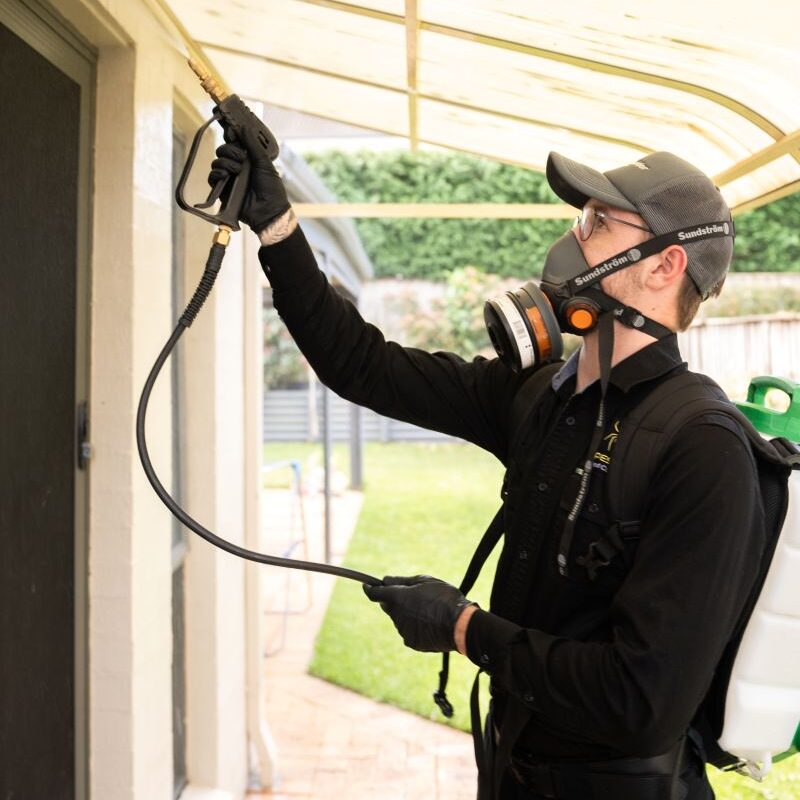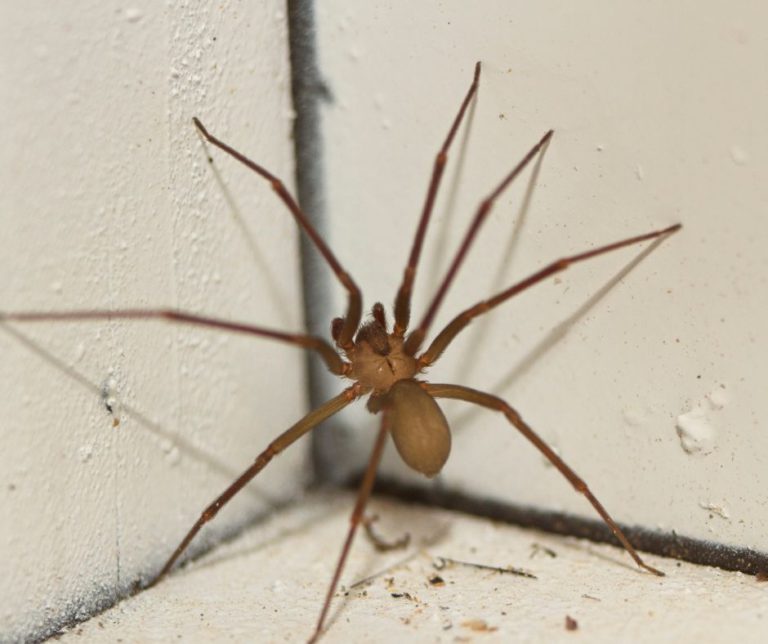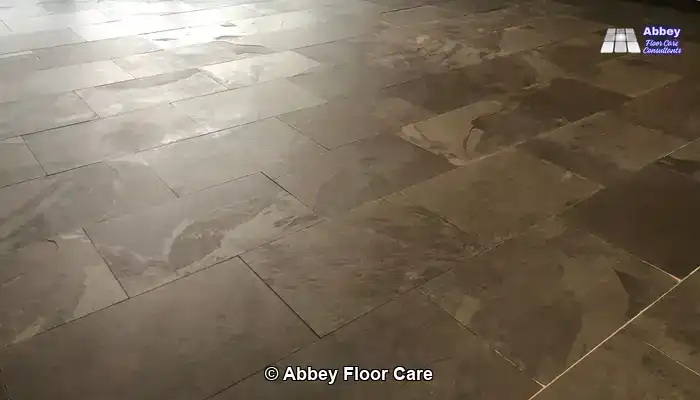When homeowners reach out for a pest control service, they typically hope for a swift solution where every lingering spider in their home disappears in an instant. However, the reality of spider removal is much more intricate and demanding. Unlike cockroaches or ants, spiders exhibit unique behaviours and characteristics that make them a more formidable challenge in the realm of pest management. Understanding these nuances is essential for effective treatment.
At So Pest Off, we consistently receive questions from homeowners who have undergone extensive pest control treatments, only to discover that some spiders still reside in their homes. This article explores the distinctive hurdles associated with spider control, sets realistic expectations for treatment outcomes, and provides practical strategies to maintain a spider-free home in the long run.

Understand the Complexities of Spider Control Compared to Common Household Pests
Spiders rank among the most misunderstood pests in Sydney homes. While insect sprays and barriers prove to be highly effective against ants, cockroaches, and silverfish, spiders possess distinctive biological traits and behaviours that complicate their control and elimination. Grasping these factors is vital for successful management and ensuring long-term solutions.
1. Investigate the Unique Anatomy of Spiders for Effective Control
The vast majority of spiders feature thick, hairy exoskeletons that act as protective armour, making it challenging for insecticides to penetrate effectively. Unlike cockroaches and ants, spiders do not engage in grooming behaviours, leading to minimal pesticide ingestion from treated surfaces. This biological characteristic renders them particularly resilient against standard pest control methods, necessitating tailored approaches for effective elimination.
2. Understand the Behavioural Patterns That Limit Spider Exposure
Spiders are predatory hunters, not scavengers, which significantly reduces their chances of encountering treated surfaces. They prefer to conceal themselves in gaps, ceilings, garages, and gardens, spending little time on the floors or walls that have been treated. Consequently, their limited exposure to pesticides often means they remain unaffected once the spray dries, complicating effective spider control efforts and necessitating more strategic interventions for successful management.

Recognise Common Spider Species in Sydney and Their Specific Control Challenges
The warm climate and vibrant suburbs of Sydney create an ideal habitat for numerous spider species. Below, we highlight some of the most commonly encountered types and the unique management challenges that each presents:
Huntsman Spiders: Fast Movers with Unique Management Needs
Huntsman spiders are large, swift, and typically found on walls and ceilings. Though their size can be intimidating, they are generally non-venomous and pose little threat to humans. Nevertheless, their rapid movements and robust exoskeleton make them particularly challenging to eliminate upon contact with pesticides, requiring targeted strategies for effective management.
Wolf Spiders: Ground-Dwelling Hunters with Unique Resistance
These nocturnal ground-dwelling hunters inhabit lawns and burrows. Active at night, they exhibit resistance to surface sprays due to their dense hair and nocturnal habits. To achieve effective control within their habitats, soil-targeted or barrier treatments are necessary, as conventional approaches often prove ineffective against these resilient spiders.
Funnel-Web Spiders: Australia’s Most Dangerous Spider
Recognised as one of the most dangerous spiders in Australia, funnel-web spiders are burrowing creatures that rarely traverse open, treated surfaces. Their behaviour significantly limits their exposure to standard sprays, necessitating specialised treatments from licensed professionals to ensure effective management and safety for residents.
Redback and Black House Spiders: Common Yet Manageable
Redback and black house spiders are frequently spotted around sheds, garages, and outdoor furniture. They favour sheltered, dry environments, with their untidy webs often serving as the first indication of their presence. Fortunately, pest control methods generally work well against these species, allowing homeowners to maintain a comfortable environment without undue stress.
Orb-Weaving and Branded Orb Spiders: Beneficial Yet Unwanted
As harmless garden residents, orb-weaving spiders create large, symmetrical webs in open spaces. While they contribute positively by controlling insect populations, their presence can be unwelcome near doorways, decks, or play areas, prompting homeowners to seek effective management strategies to maintain comfort and safety.
Brown Trapdoor and Eastern Mouse Spiders: Burrowing Challenges
These burrowing species create camouflaged tunnels in gardens and lawns. They are less affected by sprays and often require soil-targeted or barrier treatments for effective management, presenting challenges for traditional pest control methods that may fail to adequately address their unique behaviours.
White-Tailed Spiders: Common Indoor Dwellers with Biting Risks
Commonly found indoors, particularly in clothing, bedding, and bathrooms, white-tailed spiders can deliver painful bites, although they do not cause necrosis. These active hunters are constantly on the move, making them difficult to manage, as sprays only affect them immediately after application, necessitating ongoing strategies for effective control.
Discover How Insect Sprays Function and Their Overall Effectiveness
The majority of insecticides employed in Australian pest control are classified as residual sprays, retaining activity on surfaces for weeks after application, thereby enhancing their overall effectiveness in managing various pests.
Their efficacy is recognised in three distinct stages:
- Contact: The pest moves across a treated surface.
- Transfer or Ingestion: The pest grooms itself, consuming the chemical.
- Absorption: The pesticide penetrates the exoskeleton, affecting the nervous system.
This process proves highly effective for pests such as cockroaches, ants, silverfish, and fleas. However, it is less effective for spiders, who do not exhibit grooming behaviours or spend significant time on treated areas, thereby creating challenges for effective spider management that requires different strategies for successful outcomes.
Nonetheless, spider treatments offer several advantages, including:
- Creating barrier protection: any spider crossing treated areas risks exposure to the pesticide, aiding in long-term management.
- Reducing their food supply: fewer insects lead to fewer spiders invading your home.
- Acting as a deterrent: most spiders tend to avoid areas with a chemical scent or feel, creating a less hospitable environment for them.
Addressing Common Myths Surrounding Spider Pest Control
We have encountered numerous misconceptions regarding spider control, so it’s important to clarify the facts:
- “If I see a spider after a spray, it didn’t work.” This is misleading. Spiders are less affected by dry residues. The treatment effectively works by eliminating their food sources and gradually reducing their population over time.
- “The spray should kill everything instantly.” Modern pest control chemicals are designed to be safe for families and pets, resulting in slower action for effective management, rather than immediate eradication.
- “If I still see one or two spiders, the job failed.” Encountering occasional spiders is normal. The primary objective is to prevent infestations, rather than eliminate every single spider.
- “All spiders should die after a general pest control.” Ground-dwelling spiders, like Wolf or Funnel-web, reside in soil or burrows and require specialised treatments for effective management.
- “If I don’t see dead spiders, nothing happened.” Many die in concealed locations or outside the premises. Success is best measured by fewer sightings over time, rather than visible remains.
- “Pest control means my home will be spider-free forever.” No pest control method can permanently prevent spiders from entering. The focus should be on risk reduction and ongoing maintenance, rather than expecting a one-off miracle solution.

Implement Practical Strategies to Prevent Spider Infestations
Pest control is merely one aspect of the solution; ongoing maintenance and proactive prevention play a critical role in effectively reducing spider populations and creating a safe living environment.
Here’s what our experts recommend for maintaining a spider-free environment:
- Schedule regular treatments every six months to ensure chemical barriers remain effective and continue to safeguard your home against spider intrusions.
- Seal entry points by closing gaps around windows, vents, and beneath doors to prevent spiders from gaining access and establishing themselves within your property.
- Minimise outdoor lighting, as lights attract insects, which in turn lure spiders to your property, thereby increasing the likelihood of infestations.
- Declutter both indoors and outdoors; spiders prefer quiet, undisturbed corners where they can thrive, so regular cleaning is essential to discourage their presence.
- Regularly sweep away webs to discourage new spiders from settling in and making your home their habitat, contributing to a cleaner and safer environment.
If you notice an uptick in spider activity between treatments, your technician may suggest a targeted spider flush or dusting treatment around exterior eaves and wall junctions to effectively address the issue and maintain control.
Set Realistic Expectations for Optimal Spider Control Results
Managing spider populations is about control rather than instant elimination. Once pesticide residues dry, spiders are considerably less impacted compared to crawling insects. However, through regular treatments and diligent property maintenance, you can significantly decrease spider numbers and prevent future infestations from establishing themselves.
At So Pest Off, we implement advanced pest management techniques alongside a comprehensive understanding of Sydney’s spider species to tailor our approach to your specific needs, ensuring effective control and lasting results.
Engage Professional Spider Control Services for Your Sydney Home
If spiders are causing distress in your home or workplace, don’t hesitate to take decisive action. So Pest Off offers safe and family-friendly spider pest control services throughout Sydney’s Hills District, North Shore, and Western Suburbs.
We will conduct a thorough inspection of your property, identify the specific spider species present, and apply the most effective treatment, ensuring your home remains safeguarded long after our visit and providing you with peace of mind.
Contact So Pest Off today to schedule a comprehensive spider inspection and reclaim your living space from unwanted pests.
The Article: Spider Pest Control: Understanding the Challenges of Elimination first appeared on https://writebuff.com
The Article Spider Pest Control Challenges: Effective Elimination Strategies Was Found On https://limitsofstrategy.com
References:
Spider Pest Control Challenges: Effective Elimination Strategies




